
Etiquette Essentials for Visitors to Japan
Japan’s culture is rich in respect, politeness, and consideration, making etiquette an essential part of daily life. For visitors, understanding Japanese customs and etiquette can enhance travel experiences and show appreciation for the country’s cultural values. Knowing the basics of Japanese etiquette will help you navigate social situations, respect local customs, and make a positive impression on those you meet.
This guide covers the essential aspects of Japanese etiquette, from greetings and dining manners to shrine visits and gift-giving customs. Following these practices will help you enjoy your time in Japan while respecting the unique traditions that make Japanese culture so special.
Contents
4. Public Transportation Etiquette
6. Etiquette at Temples and Shrines
1. Greetings and Bowing
In Japan, bowing is an essential gesture that shows respect, gratitude, and greeting. Bowing is used in various contexts, from formal greetings to casual interactions. Generally, the deeper and longer the bow, the more respectful the gesture. As a visitor, a slight nod or bow is usually appreciated. Familiarizing yourself with basic Japanese phrases such as “Ohayou gozaimasu” (Good morning), “Konnichiwa” (Hello), and “Arigatou gozaimasu” (Thank you) can also leave a positive impression.
Whether meeting someone for the first time, saying goodbye, or showing gratitude, a respectful bow can go a long way in Japanese culture.
2. Removing Shoes Indoors
In Japan, it is customary to remove shoes when entering someone’s home, traditional accommodations, certain restaurants, and temples. At the entrance, known as the genkan, guests remove their shoes and are often provided with indoor slippers. Be mindful that slippers should not be worn on tatami mats, a type of traditional flooring. When entering a tatami room, it’s polite to remove both shoes and slippers.
This custom emphasizes cleanliness and respect for private and sacred spaces. Always look for a designated area to leave your shoes and take note of any provided footwear.
3. Dining Etiquette
Dining etiquette in Japan is a key aspect of respectful behavior. Before starting a meal, it’s customary to say “Itadakimasu”, which expresses gratitude for the food. After finishing, say “Gochisousama deshita” to show appreciation for the meal. Using chopsticks properly is also essential; avoid pointing them at people, sticking them upright in a bowl, or passing food directly from chopstick to chopstick, as these gestures have cultural connotations related to funerals.
Additionally, it’s polite to pour drinks for others if you’re dining with a group, and to wait for everyone to be served before starting. Observing these dining manners reflects respect for Japanese customs.
4. Public Transportation Etiquette
Japan’s public transportation is known for its quiet and orderly atmosphere. Passengers are expected to keep conversations to a minimum and avoid talking on the phone. Mobile phones should be set to silent mode, referred to as “manner mode”. During crowded times, such as rush hours, it’s polite to be mindful of personal space and belongings to ensure a smooth experience for everyone.
Priority seats are reserved for the elderly, pregnant women, and people with disabilities. If these seats are available, avoid sitting there unless necessary, and always offer your seat to those who need it. Adhering to these practices helps maintain a respectful and peaceful environment on public transport.
5. Gift-Giving Customs
Gift-giving is an important cultural practice in Japan, often used to show appreciation, celebrate milestones, or bring back souvenirs from a trip. Small, thoughtful gifts are preferred, and items should be wrapped neatly. When presenting a gift, it’s polite to offer it with both hands and often with a slight bow. Common phrases, such as “Tsumaranai mono desu ga” (This is just a small thing) when offering a gift, reflect humility.
While expensive or extravagant gifts are not necessary, a thoughtful gesture is always appreciated. This practice emphasizes consideration and respect for personal relationships, an essential aspect of Japanese culture.
6. Etiquette at Temples and Shrines
Temples and shrines are sacred spaces, and visitors are expected to observe respectful behavior when visiting. At Shinto shrines, visitors typically enter through the torii gate, bow lightly, and follow specific rituals like washing hands and mouth at the temizuya (purification fountain). Before praying, it’s customary to toss a coin, bow twice, clap twice, pray silently, and bow once again.
In Buddhist temples, visitors should observe silence and refrain from taking photos in restricted areas. Remember to remove hats, avoid pointing, and respect any signs posted regarding photography or touching artifacts. Following these practices allows for a respectful experience that honors Japan’s religious and cultural heritage.
7. Communication and Social Etiquette
Communication in Japan often involves indirect language and a focus on harmony. Politeness and respect for personal space are highly valued, so it’s important to avoid loud conversations, especially in public spaces. Japanese people often say “sumimasen” (excuse me) or “arigatou gozaimasu” (thank you) as expressions of politeness and appreciation.
It’s also customary to avoid physical contact, such as hugging or touching, unless you’re well-acquainted with someone. Instead, a slight bow and polite verbal greetings are preferred. Understanding and respecting these communication norms will help you navigate social interactions with ease.
8. Conclusion: Respecting Japanese Culture
Japan’s etiquette reflects a deep-seated respect for harmony, personal space, and tradition. By following these customs—whether it’s bowing, removing shoes, observing dining manners, or practicing quiet on public transport—visitors can enjoy a more meaningful and harmonious experience in Japan. Learning about these etiquette essentials not only demonstrates respect for Japanese culture but also allows travelers to connect with the values that shape Japan’s way of life.
Observing these practices during your visit shows appreciation for Japan’s rich cultural heritage and helps you navigate various social settings with confidence and respect.
Share
You may also like
-

Visiting Japan’s Love Hotel Districts: What to Expect
Japan’s love hotel districts are famous for their unique and fascinating blend of privacy, creativity, and a touch of...
-

Top 10 Late-Night Dining Spots in Tokyo’s 24-Hour Cafes
Tokyo’s vibrant nightlife extends well beyond bars and nightclubs, with a thriving late-night dining culture tha...
-

Best Night Tours in Tokyo for After-Dark Adventures
Tokyo’s nightlife is renowned for its energy, vibrancy, and unique blend of traditional and modern experiences. From ...
-

Japan’s Late-Night Food Culture: 8 Best Street Eats
Japan’s late-night food culture is a vibrant experience, especially in bustling cities like Tokyo and Osaka, where de...
-

7 Rooftop Bars in Tokyo for Stunning Views
Tokyo’s rooftop bars offer some of the best ways to soak in the city’s skyline while enjoying drinks, atmosphere, and...
-

10 Best Nightclubs in Tokyo for Dancing and Music Lovers
Tokyo's nightlife is renowned for its variety and energy, with nightclubs that range from high-energy dance floors to...
-

8 Themed Bars and Cafes You Need to Visit in Tokyo
Tokyo is famous for its creative and quirky themed bars and cafes, offering immersive experiences for locals and...
-

Tokyo Nightlife Guide: Shinjuku, Shibuya, and Roppongi Highlights
Tokyo’s nightlife is legendary, offering a mix of vibrant energy, entertainment, and unique experiences in some of it...
-
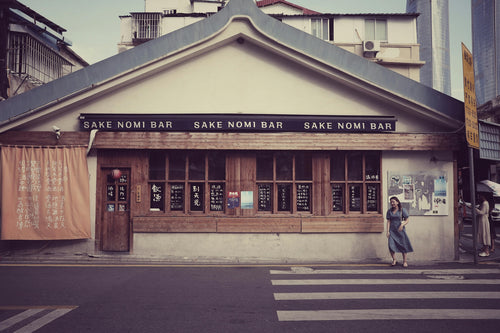
7 Best Japanese Sake Bars in Tokyo
Tokyo is home to some of Japan’s best sake bars, offering both locals and visitors an opportunity to explore the...
-

Top 6 Observation Decks in Tokyo for Scenic Views
Tokyo’s observation decks offer some of the best panoramic views of the city, giving visitors a chance to see th...
-
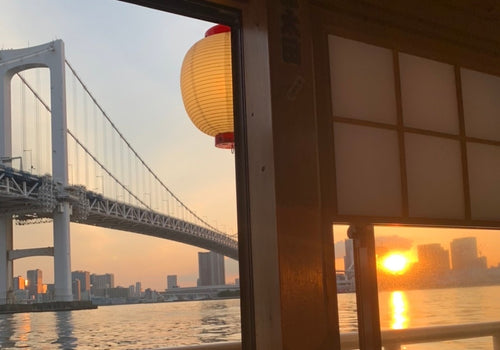
Night Cruises in Tokyo: Enjoy the City Views
Tokyo’s skyline is mesmerizing at any time, but experiencing it from the water on a night cruise adds a magical ...
-
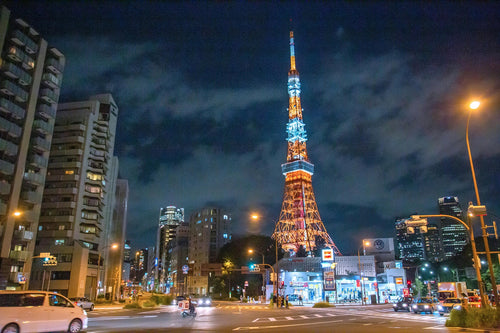
Roppongi Art and Nightlife Guide
Roppongi is one of Tokyo’s most vibrant districts, known for its lively nightlife, sophisticated art scene, and ...
-
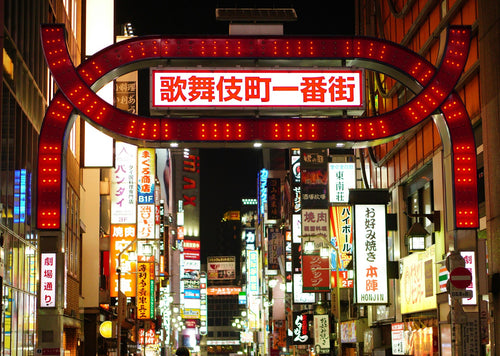
Nightlife Guide to Shinjuku Kabukicho
Shinjuku’s Kabukicho district, known as Tokyo’s “Sleepless Town,” is the center of nightlife in Tokyo. Renowned ...
-

6 Best Night View Spots in Tokyo
Tokyo at night is a breathtaking spectacle, with illuminated skyscrapers, iconic landmarks, and bustling streets that...
-

Top 12 Sake Breweries in Japan for Tasting and Tours
Japan’s sake culture is celebrated around the world for its depth, complexity, and rich history. Sake, or nihons...
-
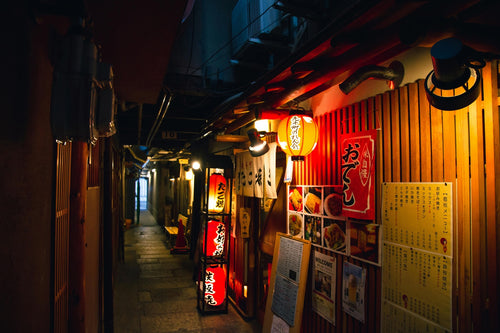
How to Enjoy a Night at a Japanese Izakaya
Japanese izakayas are casual, lively spots where locals gather after work to enjoy drinks, share small plates, a...
-

Exploring Karaoke Culture in Japan: 8 Best Places to Sing
Karaoke is an integral part of Japanese culture, offering a fun and entertaining way for friends, family, and even co...
-

5 recommended bars in Golden Gai
Golden Gai, nestled in the heart of Tokyo’s Shinjuku district, is one of the city’s most iconic bar districts. Known ...
-
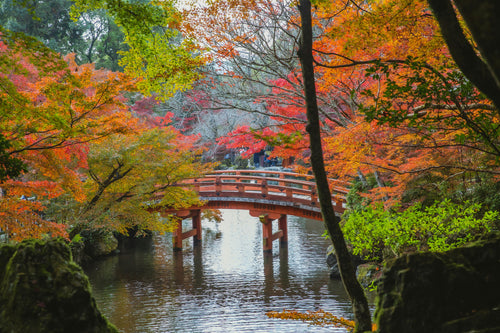
10 Japanese Gardens You Should Visit for Tranquility
Japanese gardens are renowned for their beauty, tranquility, and intricate designs that reflect harmony with nature. ...
-

Japan’s Kimono Heritage: Symbolism, Style, and Where to See
The kimono, Japan’s traditional garment, is a beautiful and symbolic representation of Japanese culture. From its int...
-

7 Best Places to Discover Japan’s Samurai History
Japan’s samurai history is one of honor, skill, and deep cultural influence, stretching back centuries and leaving an...
-
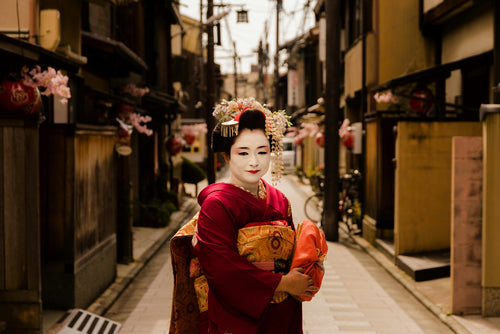
Geisha Culture in Japan: Myths and Realities
The world of geisha, Japan’s skilled performers and keepers of traditional arts, has long intrigued people around th...
-

Japan’s Unique Architecture: Top 8 Traditional and Modern Landmarks
Japan is renowned for its unique blend of ancient architectural heritage and cutting-edge modern designs. From c...
-
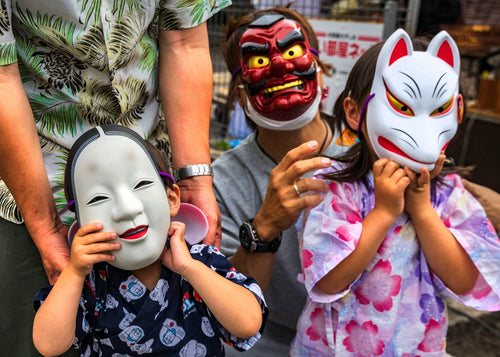
10 Traditional Japanese Festivals (Matsuri) You Can’t Miss
Japanese festivals, or *matsuri*, are vibrant celebrations of cultural heritage, featuring elaborate costumes, l...
-

Japan’s Three Great Onsen: A Guide to Famous Hot Springs
Japan is famous for its natural hot springs, or *onsen* (温泉), offering visitors a unique opportunity to relax and rej...
-

Japanese Art Exploration: Best Spots to Enjoy Art in Japan
Japan is a country rich in artistic heritage, from centuries-old traditional crafts to modern, innovative instal...
-

Guide to Japan’s Fireworks Festivals: When and Where to Go
Japan’s summer fireworks festivals, known as "hanabi taikai" (花火大会), are among the most anticipated events in th...
-
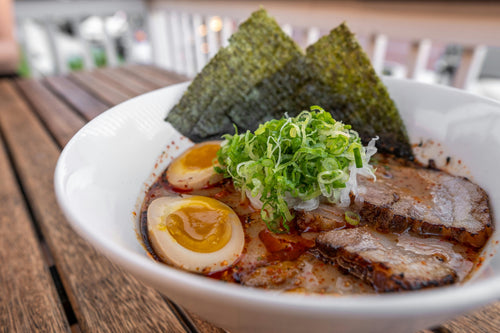
Where to Experience Ramen-Making Classes in Japan
Ramen is one of Japan’s most beloved dishes, with countless regional styles and flavors that attract food lovers from...
-
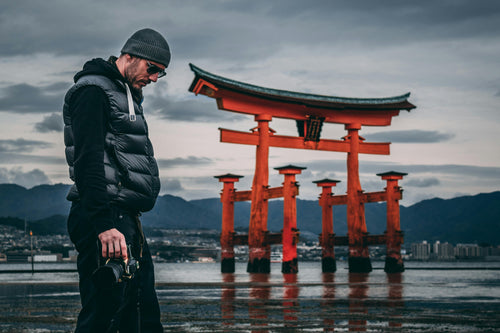
Power Spot Tours: Japan’s Famous Temples and Shrines
Japan is a land steeped in spiritual history, and visiting its temples and shrines provides not only a glimpse i...
-

UNESCO World Heritage Site Tour Guide in Japan
Japan is home to numerous UNESCO World Heritage Sites, each offering a glimpse into the country’s rich cultural herit...
-

5 Famous Japanese Castles: History and Highlights
Japan is home to some of the most beautiful and historically significant castles in the world. Built during the feuda...
-
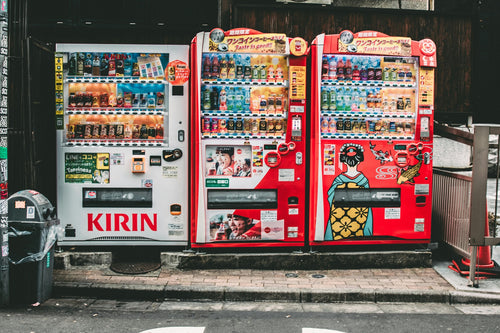
10 Unique Drinks to Try from Japanese Vending Machines
Japan is famous for its vending machines, offering an incredible variety of drinks that go beyond just soft drinks an...
-
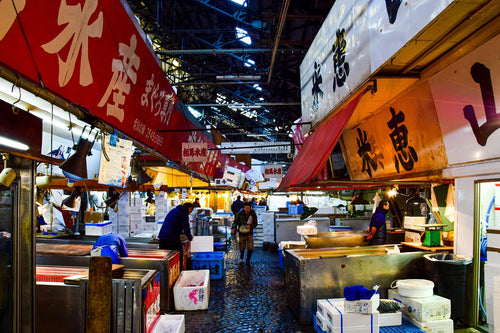
Tokyo Market Guide: Exploring Tsukiji and Toyosu Markets
Tokyo's Tsukiji and Toyosu Markets are must-visit spots for food lovers and anyone interested in Japan’s rich culinar...
-
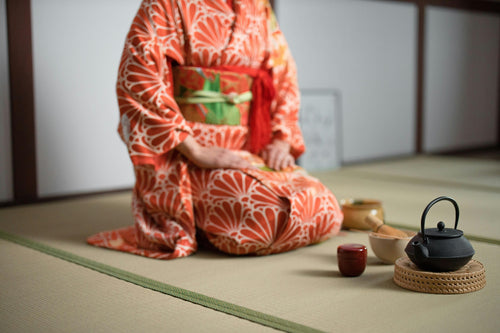
Experiencing Traditional Tea Ceremony in Tokyo
The Japanese tea ceremony, or "chanoyu," is a cultural experience steeped in tradition, aesthetics, and mindfulness....
-
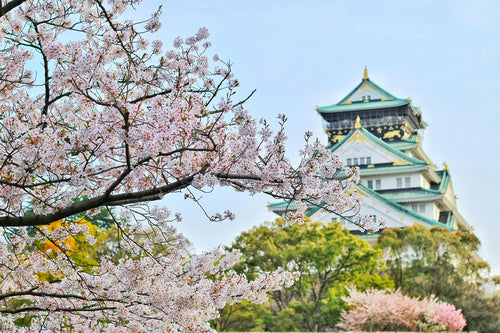
Top 7 Cherry Blossom Viewing Locations in Tokyo
Springtime in Tokyo is synonymous with the cherry blossom season, a breathtaking period when the city’s parks, rivers...
-

What is Onsen? A Guide to History, Benefits, and Etiquette
Onsen, Japan’s cherished hot spring culture, offers a unique blend of relaxation, scenic beauty, and deep-rooted trad...
-

What is Sake? Its Production Method and History
Sake is a traditional Japanese alcoholic beverage made from fermented rice. It has been enjoyed in Japan for over a t...
-

8 hot springs with beautiful scenery near Tokyo
Tokyo is a bustling metropolis, but just outside the city are some of Japan's most serene hot springs, or onsens, off...
-

Top 10 museum to visit in Tokyo
Tokyo is home to a diverse range of museums that cater to all interests, from art and history to technology and pop c...
-
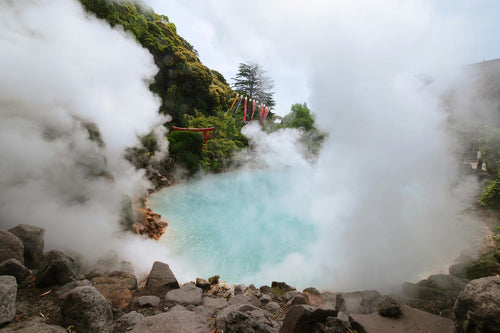
9 Best Hot Spring and Bathhouse in Tokyo
Tokyo is known for its vibrant urban energy, but it's also a fantastic place to relax and rejuvenate in hot springs (...
-
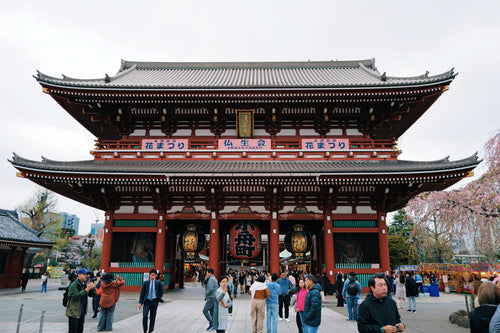
15 Famous Temples and Shrines to Visit near Tokyo
Tokyo and its surrounding areas are home to many famous temples and shrines that showcase Japan's rich spiritual and ...









































